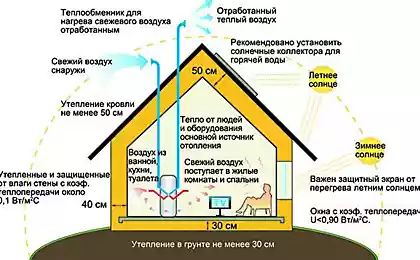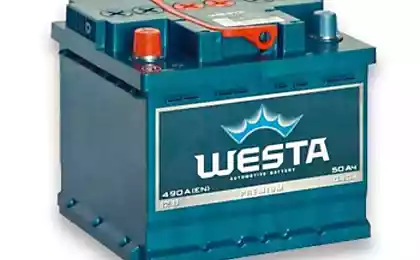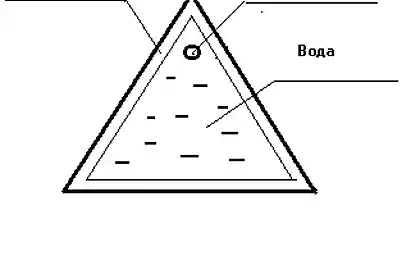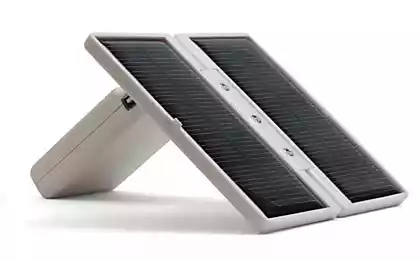445
Engineers have created a battery ammonia that converts the energy of waste heat into electricity

The idea of using energy of low-quality waste heat for electricity generation has long occupied the minds of engineers and scientists, and today even developed several working prototypes of installations that are able to escape the heat converted into useful energy. And recently, engineers from the University of Pennsylvania has introduced another such device – the battery on the basis of ammonia, which not only collects and converts waste heat into electricity more economical and effective way, but also according to the engineers, has a greater electric capacity than other similar systems.
Battery system, dubbed "thermally regenerative ammonia battery" (Thermally Regenerative Ammonia Battery, TRAB), intended for storage of generated electricity and further use on demand. The system consists of copper electrodes with ammonia and the anolyte (the electrolyte surrounding the anode). When heated, the ammonia reacts with the copper anode, and as a result electro-thermic reaction produces electricity. The performance of the ammonia battery is about 29 percent.
However, as noted by the engineers, the reaction of ammonia with copper electrode at high temperature does not last long – the battery will work as long as liquid ammonia near the anode or copper ions in the electrolyte near the cathode is sufficient for the reaction. When the reaction subsides, the researchers connect an external source of waste heat for distillation of ammonia from the chamber with anolyte in a cell with electrolyte of the cathode. In other words, the anode and cathode are reversed now, and the reaction of ammonia with copper electrode occurs on the (former) cathode. Thus, it can be argued that the new ammonia battery is rechargeable.
According to engineers, after many cycles of charge/discharge specific energy density of the new battery is about 60 Watts per square meter. Moreover, the engineers argue that the specific gravity of the battery is 10 times higher than any other liquid energy conversion system. A direct proportionality between the number of batteries in the system and the total specific gravity indicates the ability to scale the existing prototype of the system and its commercial viability.
Source: www.cheburek.net
Quickly and effectively warm up, coming to a cold country
Japanese woman teaches Russian language and Russian tongue twisters























